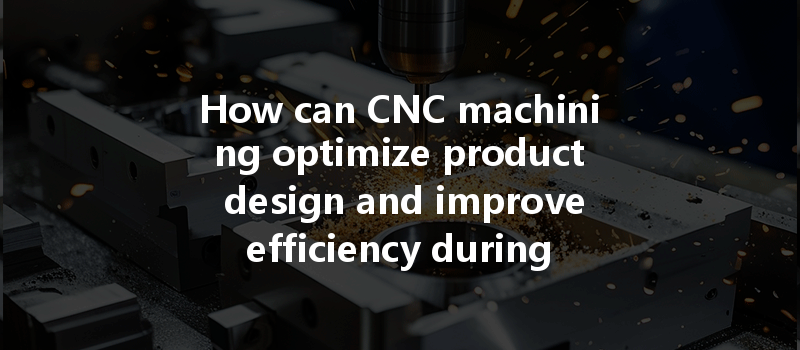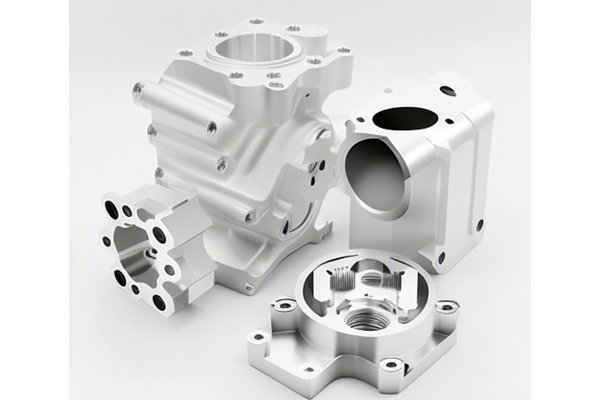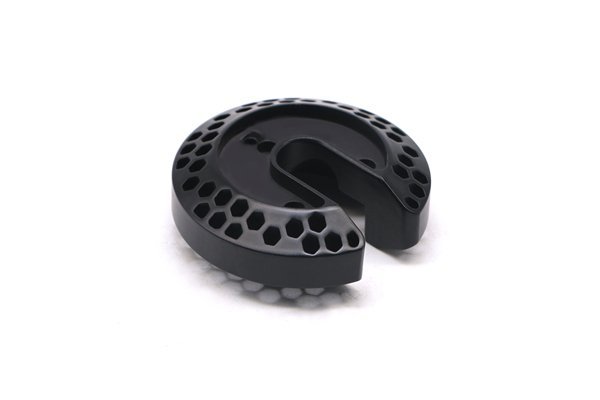In today’s fast-paced manufacturing landscape, the need for precision, efficiency, and innovation has never been more pressing. Enterprises strive to launch products faster while ensuring they meet the highest standards of quality and functionality. CNC (Computer Numerical Control) machining has emerged as a pivotal technology in this endeavor, allowing firms to elevate their product design processes and significantly enhance developmental efficiency. At YL Machining, we believe that integrating CNC machining in product development not only streamlines operations but also fosters creativity and flexibility in design. This article aims to elucidate how CNC machining can optimize product design and improve efficiency during the development phases, assuring you gain a comprehensive understanding of its transformative potential.
Understanding CNC Machining: The Basics
CNC machining is an advanced manufacturing process that utilizes computer-controlled machines to perform sequential machining operations on various materials, including metals, plastics, and composites. The CNC machines operate according to precise instructions embedded in a G-code, which coordinates various tools and their movements to create complex geometries and designs.
The primary advantages of CNC machining include:
The Role of CNC Machining in Product Design Optimization
One of the most influential ways CNC machining optimizes product design is through rapid prototyping. Traditional prototyping methods can be time-consuming and costly, often leading to delays in the product development cycle. In contrast, CNC machining can produce prototypes in a fraction of the time typically required.
Digital Fabrication: Companies can leverage CAD (Computer-Aided Design) software to create detailed 3D models of their prototypes. These designs can then be directly transformed into machine instructions, allowing CNC machines to fabricate prototypes almost instantaneously. For instance, utilizing CNC milling for prototypes cuts down lead times to mere hours or even minutes, enabling companies to validate their designs early in the development process.
Iterative Testing: With rapid prototyping, designers can test and refine their products based on real-world data. This iterative process ensures that the final product is not only functional but also meets market expectations. Research has shown that companies employing rapid prototyping see significant improvements in time-to-market, ranging anywhere from 30% to 50% (source: Product Development Institute).
Material waste is a critical concern in manufacturing, impacting costs and sustainability. CNC machining enables engineers to optimize product designs for effective material utilization, thus reducing waste.
Smart Design Choices: Using software simulations, designers can assess the most efficient tool paths and strategies, minimizing the amount of raw material left unutilized. These simulations allow for more intelligent design choices that not only improve the part’s strength-to-weight ratio but also make the most of the available material. A study conducted by the Manufacturing Technologies Association found that optimized CNC machining can reduce material waste by up to 30%.
Sustainability: Envelope concerns about environmental impact are growing. By leveraging CNC machining for efficient designs, you can transition to a more sustainable model, aligning your product design with environmental standards and consumer expectations.
Improving Development Efficiency

Efficiently reducing the production cycle time is crucial for maintaining a competitive edge in the market. CNC machining drastically shortens this timeline through several mechanisms:
Simultaneous Operations: CNC machinery can proceed with multi-axis operations, allowing for simultaneous machining that would typically require sequential processes in manual setups. For example, a multi-axis CNC mill can work on different part features concurrently, reducing the time spent on setup and execution.
Minimized Downtime: Advanced CNC machines come equipped with tool changers that can automatically swap between tools required for different operations, reducing manual intervention and therefore minimizing downtime for setup and adjustments.
CNC machining technology can be seamlessly integrated into existing workflows, significantly contributing to operational efficiency.
Interconnected Systems: Modern CNC machining environments can be linked with CAD and CAM (Computer-Aided Manufacturing) systems, allowing smooth communication between design, engineering, and manufacturing teams. This integration accelerates the development process as design iterations can easily flow into the machining phase without disconnections.
Technology Alignment: Moreover, aligning CNC machining with other advanced technologies, such as additive manufacturing and IoT (Internet of Things), can lead to innovative manufacturing solutions. For instance, manufacturers can enable predictive maintenance on CNC machines, optimizing uptime, reducing repair costs, and ultimately enhancing the efficiency of production lines.
Elevating Product Quality
CNC machining techniques enable the creation of intricate features with exceptional surface finishes.
Precision Tooling: The ability to use specialized tooling allows manufacturers to achieve various surface finishes, such as a mirror-like appearance or enhanced textures that are essential for certain applications, such as aesthetic products or critical engineering components.
Quality Assurance: Furthermore, CNC machines can integrate with quality control systems to monitor the machining process in real time. This monitoring detects any deviations from the desired parameters and can automatically make adjustments to ensure that the part quality remains consistent. Such quality assurance mechanisms minimize the likelihood of defects, leading to enhanced overall product quality.
CNC machining supports effective product testing and validation throughout the development process.
Simulation Tools: Before the manufacturing begins, simulations help identify potential design flaws by analyzing how the product will perform under real-world conditions. This preemptive analysis can lead to better-informed decisions regarding design changes.
Faster Turnaround on Revisions: Any modifications derived from product testing can be rapidly implemented, allowing for a more agile development process that minimizes delays.
The dynamic environment of modern manufacturing necessitates innovative approaches to product design and development. CNC machining stands out as a transformative technology that not only enhances precision and efficiency but also empowers businesses to foster creativity and adaptability in their designs. By investing in CNC machining, companies can optimize their product designs and streamline their development processes, ultimately leading to reduced time-to-market and improved product quality.
At YL Machining, we understand that staying ahead in the competitive manufacturing landscape requires a commitment to innovation and quality. Whether you are exploring complex geometries or seeking to enhance material efficiency, CNC machining is an invaluable asset in your product development arsenal. Contact us today to discover how we can assist you in leveraging CNC machining to meet your unique needs and elevate your product design to new heights.
In summary, CNC machining is a gateway to optimizing product design and enhancing operational efficiency. By embracing its advanced capabilities, businesses can transform their manufacturing processes and drive sustainable growth in an increasingly competitive marketplace.






